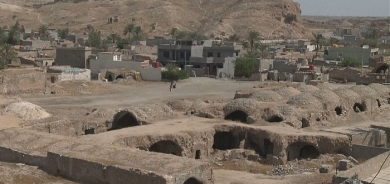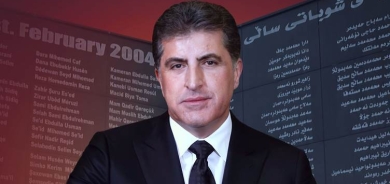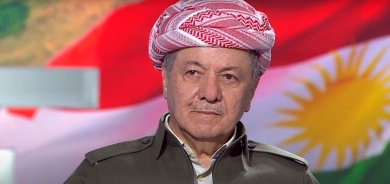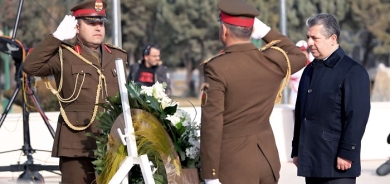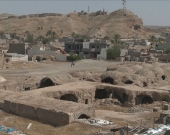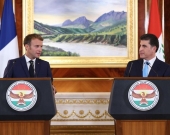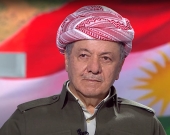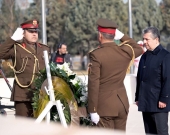In Iraq, human activity and climate change have destroyed Lake Sava

“Fishing is prohibited“: At the gates of the Iraqi desert, there is no evidence of the existence of Lake Sava other than this now-defunct landmark. Man’s hands and climate change have dried up the salt water surface.
The ruins of hotel and tourism infrastructure are a reminder that even in the 1990s, the lake and its shores were very popular with newlywed couples and families swimming and hiking.
But today Sava in southern Iraq is completely dry. Bottles dump rubbish on its ancient shores and plastic bags hang from sun-burned bushes. Two iron pontoons are provided for rusting.
“The lake disappeared for the first time this yearEnvironmentalist Hussein Sufi laments.In previous years, the area of water was less during the dry season“.
On the white salt-sprinkled sandy ground, there is only one pond for small fish to swim. It is the source that connects the lake to the water level.
Yusuf Jabbar, director of the Muthana Provincial Environment Department, said the 5km2 lake had been dry since 2014.
Questioned: “Climate change and rising temperatures. Muthanam is a desert province that suffers from drought and lack of rainfall“, The manager explains.
But above allMore than a thousand wells dug illegallyAccording to a government report released on Friday, agriculture is not far off.
Like the nearby cement and salt factories “Substantial amounts of water have been discharged from the aquifer feeding the lake“, Mr. Jabbar explains.
“Vulnerable species”
To live again, Sava expects nothing less than a miracle.
We must condemn the wells, we hope that after three years marked by drought, Iraq, one of the five countries in the world most affected by climate change and severely affected by desertification, will receive heavy rains for several seasons.
Even though “It is difficult to return the lake to its original stateYusuf Jabbar agrees.
Since 2014, the area has been protected by a Ramsar Convention on Wetlands and fishing has been banned.
On its website, the organization emphasizes the role of “”.Unique“Located on the lake”Subcas area (salt pans, ed)“.”The lake is formed of sedimentary rocks and is isolated by gypsum barriers surrounding it.“, It is mentioned in the text.
There was a time when migratory birds were on their way and were welcomed. “Many species endangered worldwide include the Imperial Eagle, the Howrah Buster and the Marble Deal.“.
Sawa is not the only water body facing the onslaught of drought in Iraq.
Social networks are often overwhelmed by photos of UNESCO-registered Mesopotamian swamps, arid areas with cracked soils, such as Lake Razza in Hoaisa (south) or Kerbola (center).
“The lake is dead”
In Sava,Sudden fall of rain“- Now they are only 30% of what they once were in the region – Groundwater is no longer being fed and is being continuously filtered by wells,” explained Aun Thiab, a senior adviser to the ministry.
Further increase in temperature emphasizes the evaporation phenomenon, he adds.
However, he points to the recent decision of the authorities to ban the drilling of new wells and attempts to condemn illegal wells across the country.
Latif Dips lives near his hometown, Samawa, on the lake.
This former driving instructor was mobilized for ten years to raise awareness about the ecology of Samava. He cleaned up the Euphrates River and turned his home’s spacious, lush garden into a public park.
“If the authorities had been interested in this file, the lake would not have disappeared at this speed. This is incredible“As he swims to the lake with his family, he mourns his childhood school trips and holidays.
“I was 60, and I grew up with the lake. I thought I would disappear in front of him, but unfortunately he died before me“.
By Caldwell Hampton/ Beam Media

